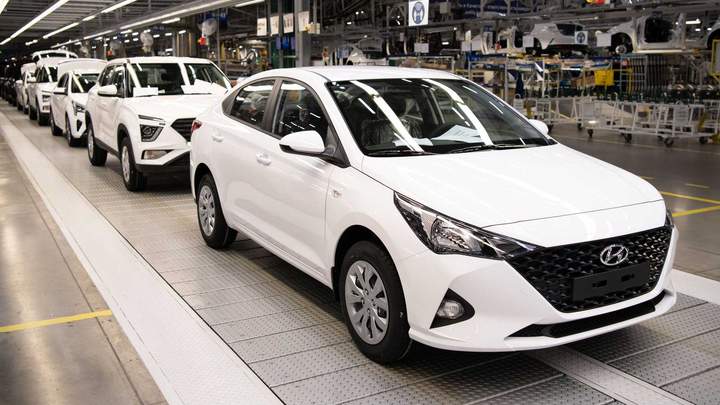
The Hyundai plant in St. Petersburg produced up to 200,000 cars a year, but it is currently closed and preserved.
One of the largest automobile plants in Russia will be mothballed. It is about the company ‘Hende Motor Manufacturing Rus’ in St. Petersburg, where popular models Hyundai Solaris, Hyundai Creta and Kia Rio were assembled.
Cars have already been taken out of the factory territory, they did not have time to collect them – including those that did not pass the final stage of acceptance. Information on layoffs may appear by the end of October.
‘Hende Motor Manufacturing Rus’, like other car factories in Russia, stopped production this spring due to sanctions from Western countries in response to Russia’s attack on Ukraine. Officials in the region have repeatedly stated that ‘there is no decision to close factories’ and promised that car production will resume when new logistics routes are found. As always, they lied.
Back in the summer, it became known that Hyundai had frozen the modernization of the plant bought from GM in St. Petersburg. It was expected that as early as 2023, the production of a ‘broad line of models’ would be established there, in particular, the production of Hyundai Tuscon, Hyundai Palisade, and Kia Sportage, which until recently were produced at Kaliningrad’s Avtotor, could be transferred there.
At the beginning of September, Toyota announced the closure of the plant in St. Petersburg. At that time, the company said that ‘they do not see an opportunity to resume production in Russia after a six-month standstill.’ And at the beginning of October, the list of factories to be closed was supplemented by the St. Petersburg-based Nissan Manufacturing Rus – the enterprise and other Russian assets of Nissan are 100 percent transferred to the Ministry of Industry and Trade subsidiary of FSUE NAMI. The agreement leaves the option to buy back the assets within six years.
‘Hende Motor Manufacturing Rus’ has been operating since 2010, where full-cycle production of cars with stamping, welding and painting of bodies was organized. Before the crisis, 200,000 cars per year came off the assembly line.

